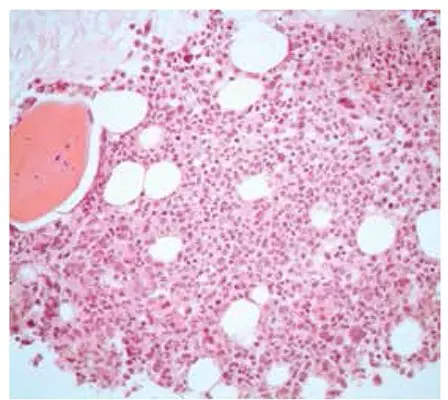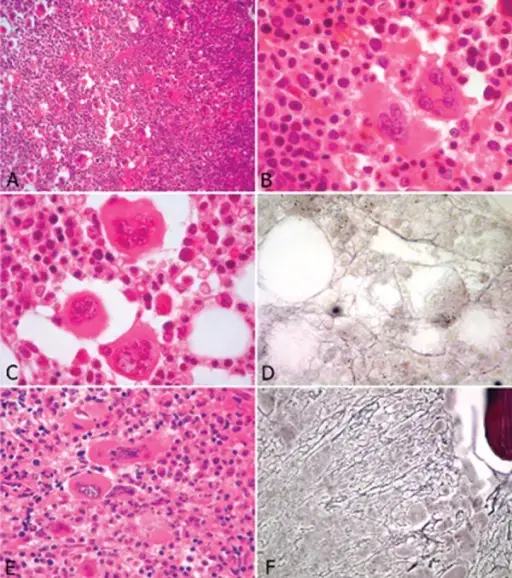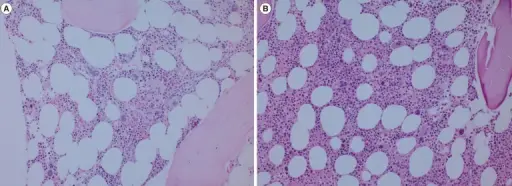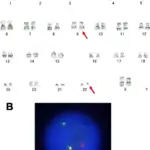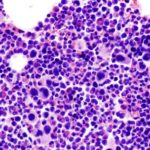Polycythemia vera is a blood disorder that involves an overproduction of blood cells in the bone marrow (myeloproliferation). The overproduction of red blood cells is most dramatic, but the production of white blood cells and platelets are also elevated in most cases.
What is the Pathology of Polycythemia Vera?
The pathology of polycythemia vera is:
-Etiology: The cause of polycythemia vera is a malignant change in the genetic material (DNA) within a single cell of the bone marrow (clonal disorder).
-Genes involved: JAK2 gene.
-Pathogenesis: The sequence of events that lead to polycythemia vera involve a variation in the JAK2 gene that produces Janus kinase 2.
-Histology: The histology associated with polycythemia vera shows bone marrow hypercellularity for age with trilineage growth (panmyelosis) including prominent erythroid, granulocytic and megakaryocytic proliferation with pleomorphic, mature megakaryocytes (differences in size).
How does Polycythemia Vera Present?
Patients with polycythemia vera typically affects slightly more men than women and occurs most often in individuals more than 60 years old, but can affect individuals of any age. It is extremely rare in individuals under 20. The symptoms, features, and clinical findings associated with polycythemia vera include general nonspecific symptoms such as headaches, fatigue, weakness, dizziness, excessive sweating especially at night, and itchy skin that, in severe cases, may be worse after taking a shower or a warm bath. Eventually, the spleen becomes involved. It often becomes abnormally enlarged in individuals with polycythemia vera as it attempts to clear a greater number of blood cells than normal – a condition called splenomegaly.
How is Polycythemia Vera Diagnosed?
Polycythemia vera is diagnosed based upon a thorough clinical evaluation, detailed patient history, and various specialized tests. A complete blood count (CBC) may demonstrate elevated numbers of red blood cells and sometimes platelets and white blood cells. Hemoglobin and hematocrit levels are elevated in polycythemia vera despite abnormally low erythropoietin levels. In some cases, surgical removal and microscopic examination of bone marrow tissue (biopsy) may also be used to diagnose polycythemia vera.
How is Polycythemia Vera Treated?
Polycythemia vera is treated with phlebotomy and drugs such as hydroxyurea, busulfan, chlorambucil and radioactive phosphorus.
What is the Prognosis of Polycythemia Vera?
The prognosis of polycythemia vera is good.

